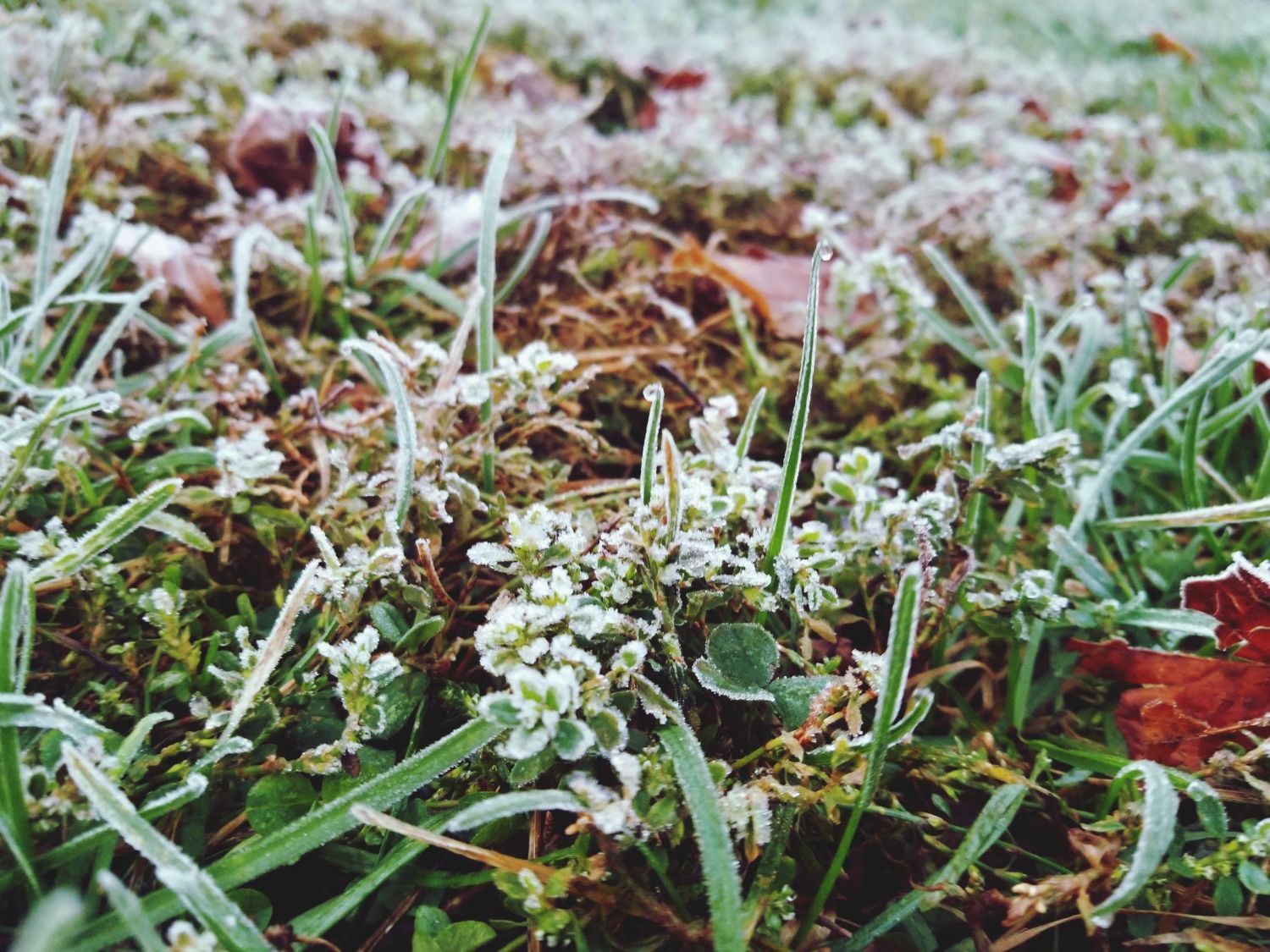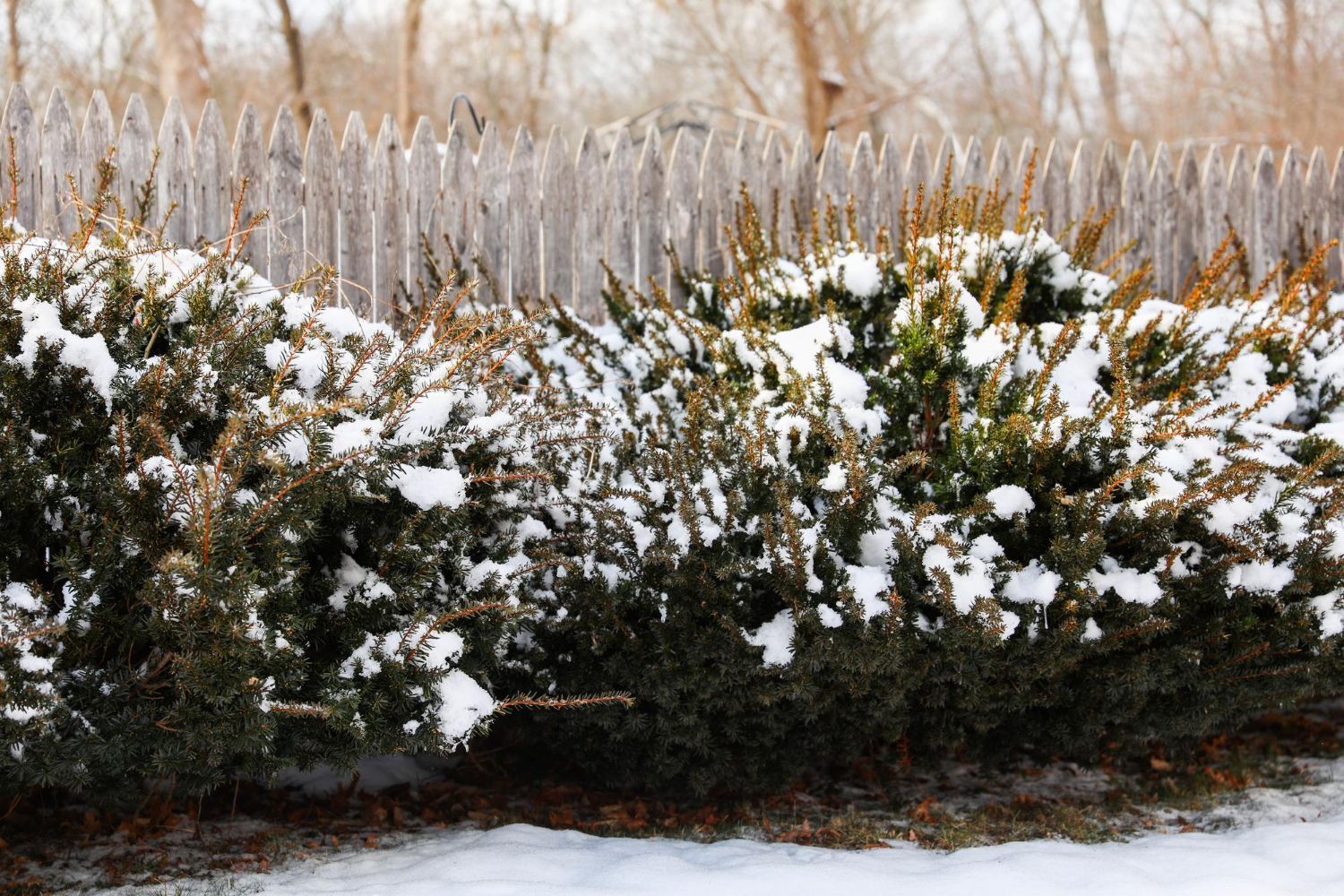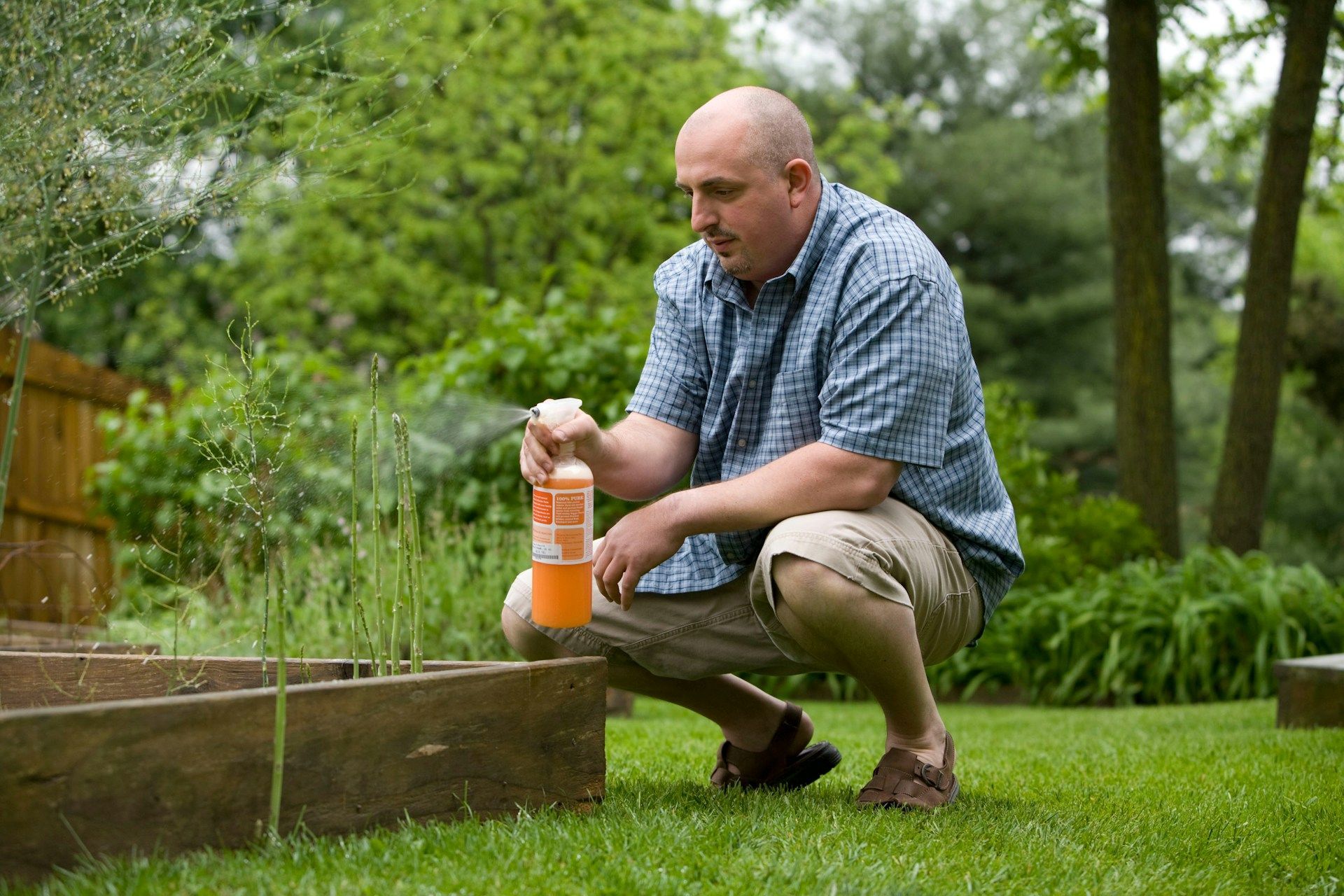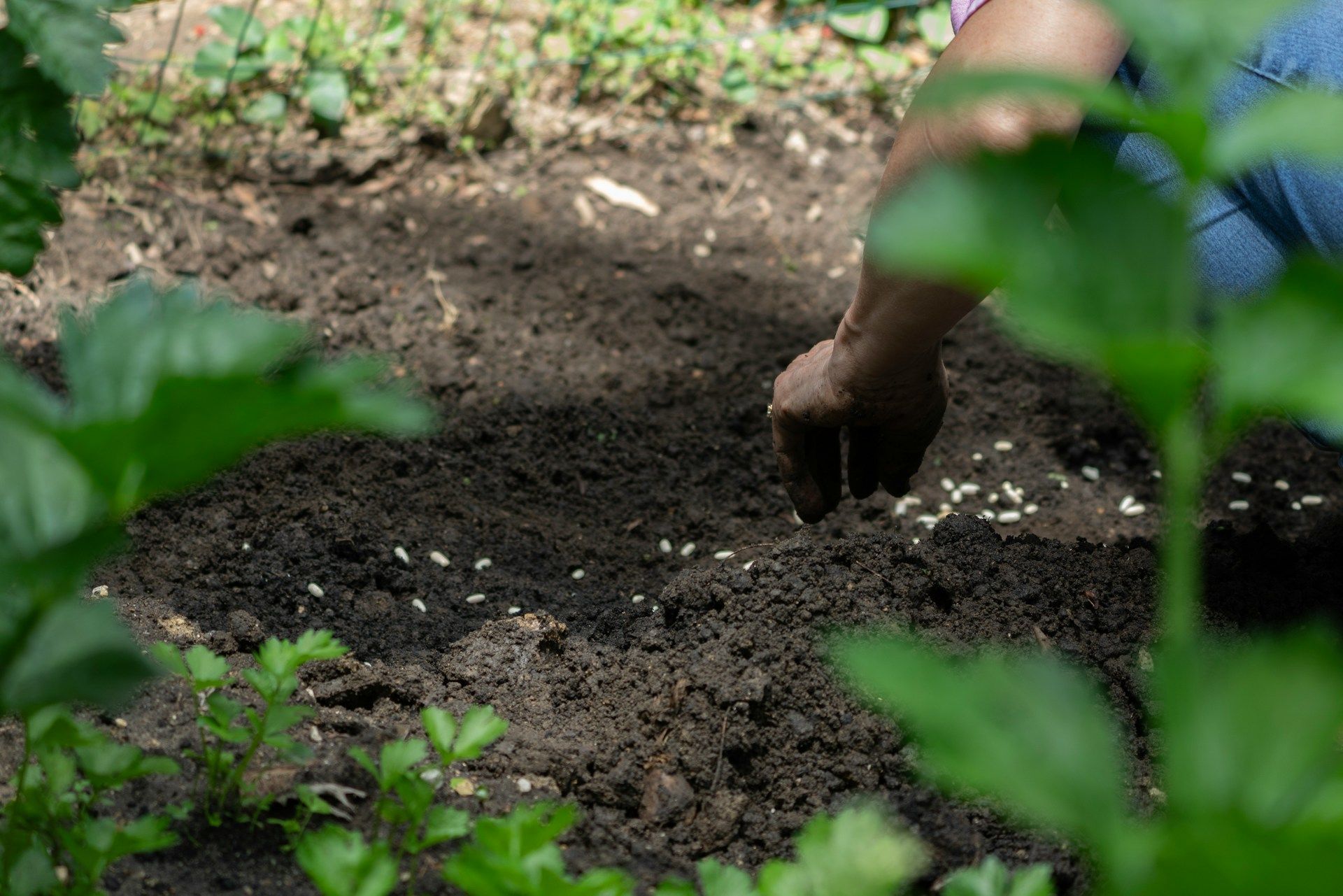What Our Customers Are Saying
Targeted Fertilization: Enhancing Lawn Health in Hot Weather
Hot weather can take a toll on our lawns, turning green grass into dry, brittle patches. Maintaining a healthy lawn during the summer months requires special care and attention. One key factor in ensuring our grass stays green and lush is proper fertilization. Fertilizing our lawn in hot weather can help provide the nutrients it needs to withstand the heat and stay vibrant.
Applying the right type of fertilizer at the right time can make a big difference in how well our lawn deals with high temperatures. It’s not just about feeding the grass but also about giving it the strength to resist stress and recover from any damage caused by the heat. Understanding the effects of hot weather on our lawn and knowing how to choose and apply fertilizer correctly are essential steps in keeping our lawn looking great all summer long.
Understanding the Effects of Hot Weather on Lawn Health
Hot weather can significantly impact our lawn's health, often causing stress and damage to the grass. When temperatures soar, the soil can dry out quickly, leaving our grass without the necessary moisture it needs to grow. This lack of water can cause the grass to become brittle and more prone to diseases. Moreover, the hot sun can scorch the grass, leading to brown spots and weakened roots.
Another problem our lawn faces during hot weather is increased evaporation. The moisture in the soil evaporates more rapidly, which means our lawn needs more frequent watering just to stay hydrated. However, this can be tricky because overwatering can lead to problems like mold and fungus. Additionally, hot weather can encourage the growth of weeds and pests, which further stresses our lawn and competes for nutrients.
Choosing the Right Fertilizer for Hot Weather Conditions
Selecting the right fertilizer for hot weather is crucial in maintaining a healthy lawn. We should look for fertilizers that are specifically formulated for summer use. These fertilizers usually have a slow-release formula, which means they feed the grass gradually over time. Slow-release fertilizers are beneficial because they reduce the risk of burning the grass, which can happen with fast-release fertilizers in hot conditions.
When choosing a fertilizer, we should also consider the nutrient content. A balanced fertilizer with a good mix of nitrogen, phosphorus, and potassium is ideal. Nitrogen promotes leaf growth, phosphorus helps with root development, and potassium strengthens the grass against stress and disease. In hot weather, potassium is especially important because it helps the grass resist heat and drought conditions.
Organic fertilizers can also be a good option. They release nutrients slowly and improve soil health over time. Compost and manure are examples of organic fertilizers that can provide essential nutrients without the risk of burning our lawn. By choosing the right type of fertilizer and applying it correctly, we can give our lawn the best chance to thrive even in the hottest weather.
Best Practices for Applying Fertilizer in Summer
Applying fertilizer during the summer requires some specific best practices to avoid damaging our lawn. First and foremost, it’s essential to water our lawn thoroughly before applying any fertilizer. This step helps the fertilizer absorb more effectively into the soil and reduces the risk of burning the grass. Morning is the best time for watering because it allows the grass to dry before the heat of the day, preventing fungal growth.
Next, we should use a spreader to apply the fertilizer evenly across the lawn. An even spread ensures that no single area gets too much fertilizer, which can cause patchy growth or burn spots. Walking at a steady pace and overlapping each pass a little can help achieve a uniform distribution. After applying the fertilizer, it’s important to water our lawn again lightly. This second watering helps the fertilizer settle into the soil and start feeding the grass roots.
Avoid fertilizing during extreme heat. If the temperatures are above 85 degrees Fahrenheit, it’s best to wait until it cools down a bit. Fertilizing during cooler parts of the day, like early morning or late afternoon, can also help minimize stress on the lawn. By following these practices, we can ensure that our lawn receives the nutrients it needs without any unwanted side effects.
Maintaining Lawn Health: Ongoing Care Tips for Hot Weather
Keeping our lawn healthy in hot weather requires consistent care beyond just fertilizing. One important tip is to mow our lawn at the right height. During the summer, it’s best to keep the grass a bit longer, around 3 to 4 inches. Taller grass shades the soil and roots, helping to retain moisture and keep the ground cooler.
Regular watering is another critical factor. It’s essential to water deeply but less frequently. Watering deeply encourages roots to grow down into the soil, making them more drought-resistant. Aim to water in the early morning to reduce evaporation and give the grass time to absorb the moisture before the heat sets in.
We should also keep an eye out for pests and diseases, which can spread quickly in hot weather. Regularly inspecting our lawn allows us to catch issues early and treat them promptly. Using mulch can also help by keeping the soil temperature regulated and retaining moisture.
Conclusion
Successfully maintaining a healthy lawn during hot weather involves a combination of proper fertilization and ongoing care. By understanding the effects of heat on our grass, choosing the right fertilizer, applying it correctly, and maintaining consistent care practices, we can ensure our lawn stays green and vibrant all summer long.
For those in need of expert
lawn care services, Healthy Lawn offers professional solutions to help you achieve and maintain a beautiful lawn even in the hottest months. Contact us today to learn more about our targeted fertilization and comprehensive lawn care services. With our help, you can enjoy a lush, healthy lawn all year round.










